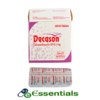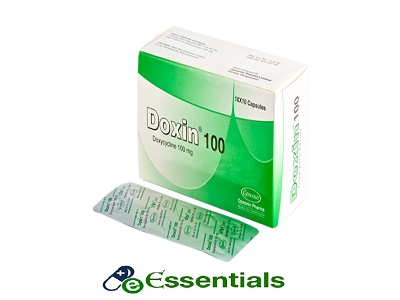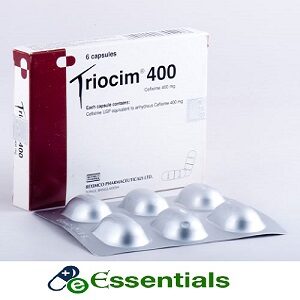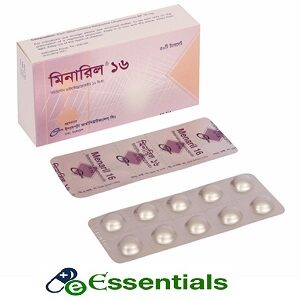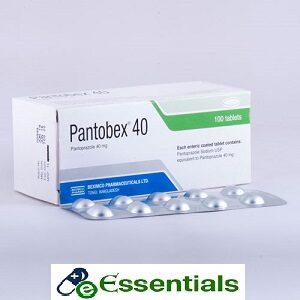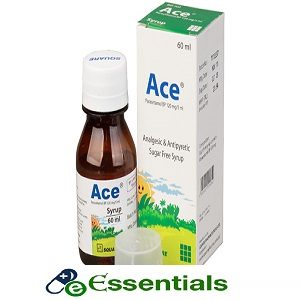Indications :
Doxycycline has a very wide spectrum of activities and has been used in the treatment of a large number of infections caused by susceptible organisms.
Respiratory tract infections : Pneumonia, influenza, pharyngitis, tonsillitis, bronchitis, sinusitis, otitis media and other streptococcal and staphylococcal infections where tetracycline resistance is not a problem.
Genitourinary tract infections : Pyelonephritis, cystitis, urethritis, gonorrhea, epididymitis, syphilis, chancroid and granuloma inguinale.
Chlamydia : Lymphogranuloma venereum, psittacosis, trachoma.
Intestinal diseases: Whipples disease, tropical sprue, blind loop syndrome.
In acute intestinal amoebiasis : Doxycycline may be a useful adjunct to amoebicides.
Bacillary infections: Brucellosis, tularemia, cholera, travelers diarrhea
Acne : Acne vulgaris, acne conglobata and other forms of acne.
Other infections : Actinomycosis, yaws, relapsing fever, leptospirosis, typhus, rickettsial pox and Q fever, Cellulitis furunculosis, abscess and infections caused by Mycobacterium marinum, Bordetella pertussis and Bacillus anthracis.
Therapeutic Class :
Pharmacology :
Dosage & Administration :
Oral-
Susceptible infections:
- 200 mg on day 1 as a single or in divided doses, followed by 100 mg once daily. Severe infections: Maintain initial dose throughout the course of treatment.
Relapsing fever and louse-borne typhus:
- 100 or 200 mg as a single dose.
Prophylaxis of scrub typhus:
- 200 mg as a single dose.
Uncomplicated gonorrhoea:
- 100 mg bid for 7 days or a single dose of 300 mg followed by a 2nd similar dose 1 hr later.
Syphilis:
- 100-200 mg bid for at least 14 days.
Acne:
- 50 mg daily for 6-12 wk.
Chloroquine resistant falciparum malaria acute attack:
- 200 mg daily for at least 7 days, w/ or after treatment w/ quinine.
Treatment and postexposure prophylaxis of inhalation anthrax:
- 100 mg bid, to complete a 60-day course after treatment w/ 1-2 other antibacterials.
Prophylaxis of chloroquine-resistant malaria:
- 100 mg daily for up to 2 yr.
Topical/Cutaneous-
Periodontitis:
- As 10% controlled-release subgingival preparation: Inject the contents of the syringe into the periodontal pocket, may be repeated 4 mth after initial treatment.
Intravenous-
Susceptible infections: 200 mg on day 1 followed by 100-200 mg daily depending on the severity of infection.
Interaction :
Contraindications :
Side Effects :
Pregnancy & Lactation :
Pregnancy: Doxycycline should be avoided in pregnant women, because of the risk of both staining and effect on bone growth in the fetus.
Lactation: Doxycyclines enter breast milk, and mothers taking these drugs should not breastfeed their child.
Precautions :
Use in Special Population :
Neonates and children: Doxycycline may cause permanent discoloration of the teeth and so is contraindicated for neonates and children under 12 years.
Elderly: No special precautions are necessary in the elderly.
Storage Conditions :
Brand
Opsonin Pharma Limited



